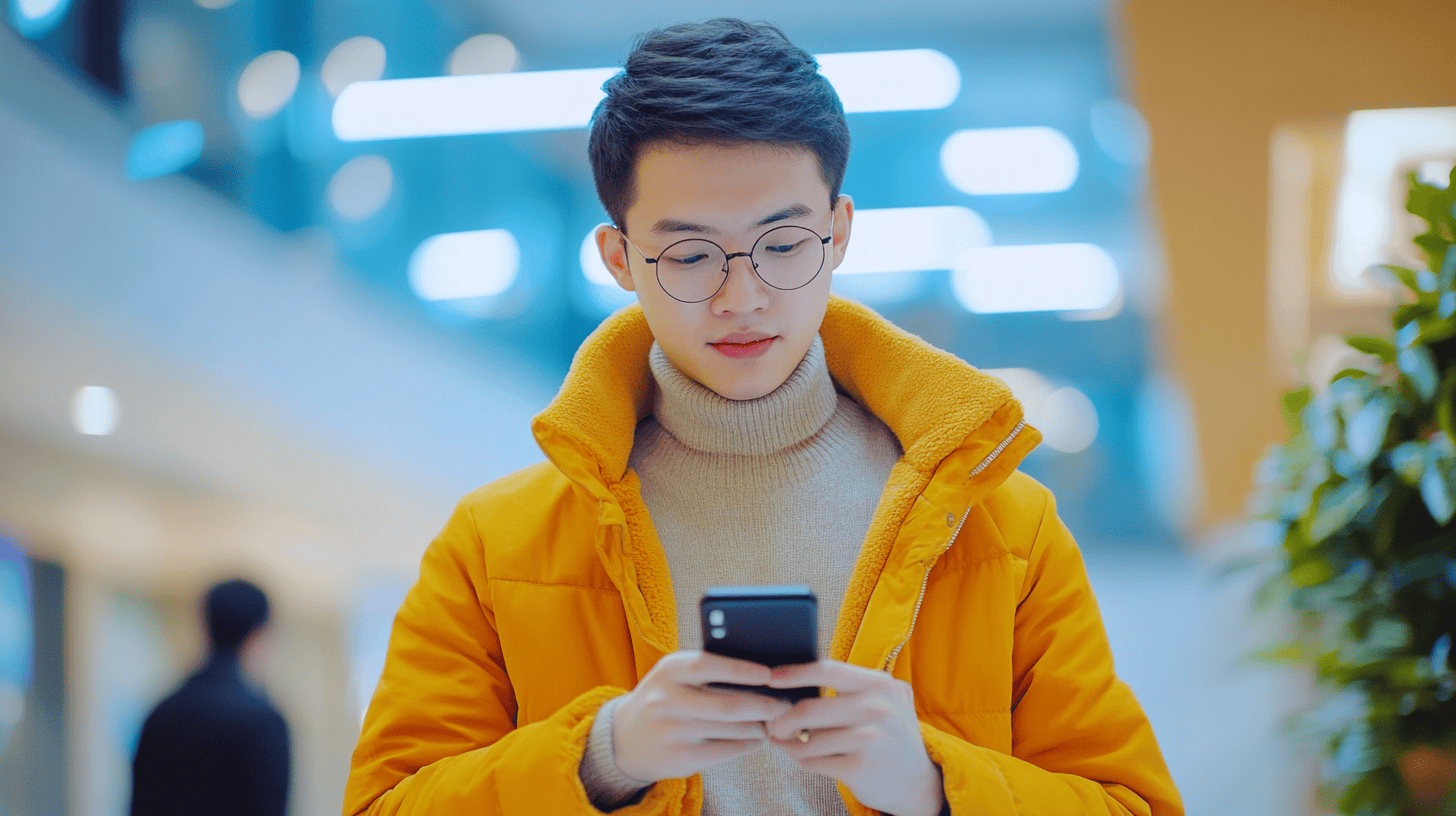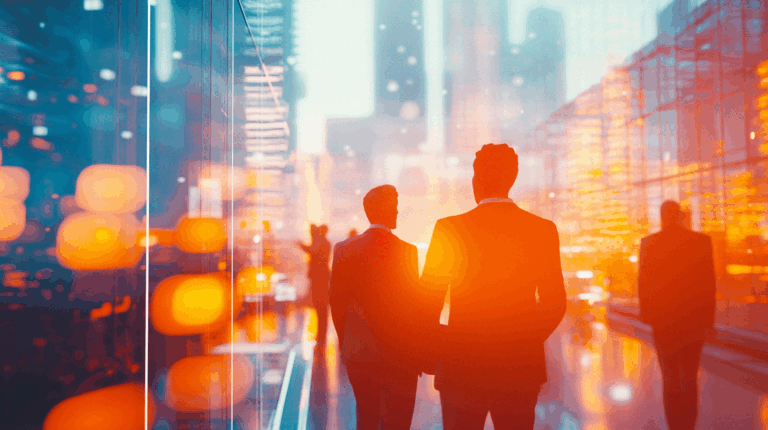LinkedIn Ads Get a Boost with New Generative AI Tools
No social media platform packs the same punch for B2B as LinkedIn. 40% of B2B marketers told LinkedIn it was their most effective channel for generating high-quality leads. After all, where else can you find an ads platform with such a comprehensive data set on professionals?
Yet, the future of LinkedIn—and indeed B2B marketing—may not simply lie in the data we have now, but in how we leverage it. Enter generative AI: the Marmite technology that’s dividing opinion between those who love it and those who remain skeptical of its potential.
It’s clear, though, that change is in the air. LinkedIn’s own research indicates a significant shift in industry expectations. More than half of B2B marketers anticipate that generative AI will help them become more efficient so they can focus on higher value work. This signals a seismic shift in the marketing landscape, where AI-powered features are no longer considered a luxury but a necessity.
As we explored in our recent article, marketing and advertising platforms are racing to introduce value-added AI features in response to demand. And LinkedIn is not just sitting back and watching this transformation unfold.
Sign up for our newsletter
Get the latest news and ideas from 1827 Marketing sent directly to your in-box.
You will receive an email from us every couple of months, and you can opt out at any time.
As the AI revolution continues to unfold, LinkedIn has become the latest social media platform to stake their claim in this new frontier.
LinkedIn Introduces Powerful New Tools for Advertisers
LinkedIn’s new feature is called AI Copy Suggestions, a strategic move designed to add value for its users.
This tool doesn’t just aim to streamline ad creation and kickstart campaigns – it’s about freeing marketers to dive deeper into strategic planning and relationship building. The logic is straightforward: the more effective and efficient LinkedIn can help its users to be, the more these users will rely on the platform. It’s a win-win situation. As reliance grows, so too does LinkedIn’s ad revenues.
Using OpenAI’s GPT and LinkedIn’s user data, the new AI feature can generate ad copy that is relevant to your campaign and target audience. AI Copy Suggestions, training data taps into LinkedIn’s information on over 930 million professionals promising copy that’s highly relevant and personalised, enhancing ad engagement and conversion rates.
The AI also uses information from your brand’s LinkedIn Page and Campaign Manager settings, including targeting criteria, to generate five options for headlines and other copy.
Once you’ve selected the most suitable ad creative on offer, you can then edit the copy to suit your brand voice.
Even if you prefer to write your own copy, it has the potential to act as a creative lifeline, providing the inspiration to get you over a creative block. The result? Consistent branding across campaigns, improved ad performance, and ultimately, a better return on your investment.
The tool works with different types of LinkedIn ad. Whether your ad campaigns use message ads, In-Stream Video ads, or even Thought Leader ad types, you will be able to leverage the power of AI to write copy faster.
Currently, the feature is only available in North America, but Linkedin plans to roll it out in other regions following testing.
When it is available in your account and you want to try the new AI Copy Suggestions tool, simply create an ad using LinkedIn’s Campaign Manager. Then, toggle on the option “Generate Copy Suggestions” located toward the top.
The AI will create a few variations for the text based creative. If you like one, use it and dial in the copy to suit your brand. If you don’t like the options, consider them prompts you can use to come up with something better.

Leveraging Microsoft’s AI Influence
With Microsoft’s ownership of LinkedIn and its substantial investment in OpenAI, LinkedIn is uniquely positioned to pioneer social AI advancements. In fact, AI Copy Suggestions is just the latest step in LinkedIn’s ongoing AI evolution.
LinkedIn has previously rolled out an AI ‘co-pilot’ for human resource managers. AI-powered job descriptions aim to generate a draft of a job description based on information like the job title, company name, workplace type, job type, and location. The goal is to save HR professionals time on talent acquisition so they can use it for other challenging tasks.
Microsoft is also actively integrating generative AI models elsewhere in its product suite. Notable examples include the use of AI in Bing’s chatbot and the Edge browser, and Microsoft 365 Copilot .
Of course, the effects of AI are being felt throughout the world of marketing. A growing number of social media platforms and ad services are turning to AI-powered features to enhance their offerings:
Meta (formerly Facebook) has announced a suite of generative AI tools to help with copywriting, background generation, image cropping, and ‘chat experiences’.
Google Product Studio is an AI tool to help advertisers create product imagery for more visually appealing ads with less effort.
Google Search Ads announced a ‘new era of AI powered ads’, using AI to automatically adapt and transform ads in search results, and optimise their appearance and relevance based on user queries.
Given the pace of AI developments, it’s clear that LinkedIn’s AI strategy will be a key area for B2B marketers to watch. The company is bound to continue innovating and, with competition heating up, there’s no doubt we’ll see even more advanced AI applications in the future.
The only question now is: What’s next, and how can marketers best leverage these evolving tools?
The Best Way to Leverage AI in B2B Marketing
We don’t believe that the arrival of AI features like AI Copy Suggestions across marketing platforms signals the replacement of skilled human marketers. Far from it. The true power of AI lies in its ability to amplify human capabilities.
We think of AI as our ‘ diligent and well-read intern ‘. Used well, it can supercharge your productivity and creativity, but it still requires guidance and expertise to ensure the resulting content meets high B2B standards.
While AI tools can help with ideation, research, editing, and SEO optimization, the driving force behind successful marketing remains human creativity, expertise, and empathy. The ability to offer something of value and to connect with other professionals on a human level is what converts website visits into tangible results.
With LinkedIn’s new AI feature, marketers who have a solid grounding in their core values and an understanding of their target audience can unlock previously impossible capabilities. The advantage is in knowing how to leverage these AI tools effectively within the framework of social media and advertising strategy.
One thing is certain, the new features being unrolled by LinkedIn and other online media platforms points to an exciting new era for B2B marketers. As major media platforms race to make innovative use of generative AI, the opportunities for marketers to streamline their workflows, enhance creativity, and drive more meaningful engagement will only continue to multiply.
In a world where AI is rapidly becoming an indispensable part of everyday life, ignorance or avoidance is no longer an option. AI-empowered marketing isn’t a far-off concept – it’s our present reality, and it’s reshaping the way we connect, communicate, convince, and convert.
Don’t just watch from the sidelines. The opportunity isn’t merely to adapt to change, but to embrace and pioneer it.
Explore the potential of AI, automation, and leveraging technology through partnerships with forward-thinking agencies like 1827 Marketing. Because in this era of constant change, standing still is not an option!
Have a B2B marketing project in mind?
We might be just what you’re looking for






